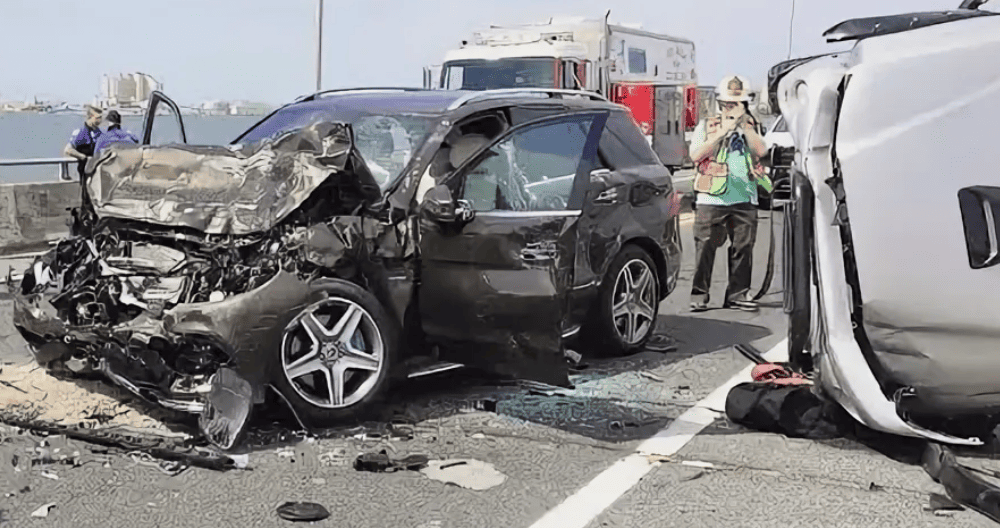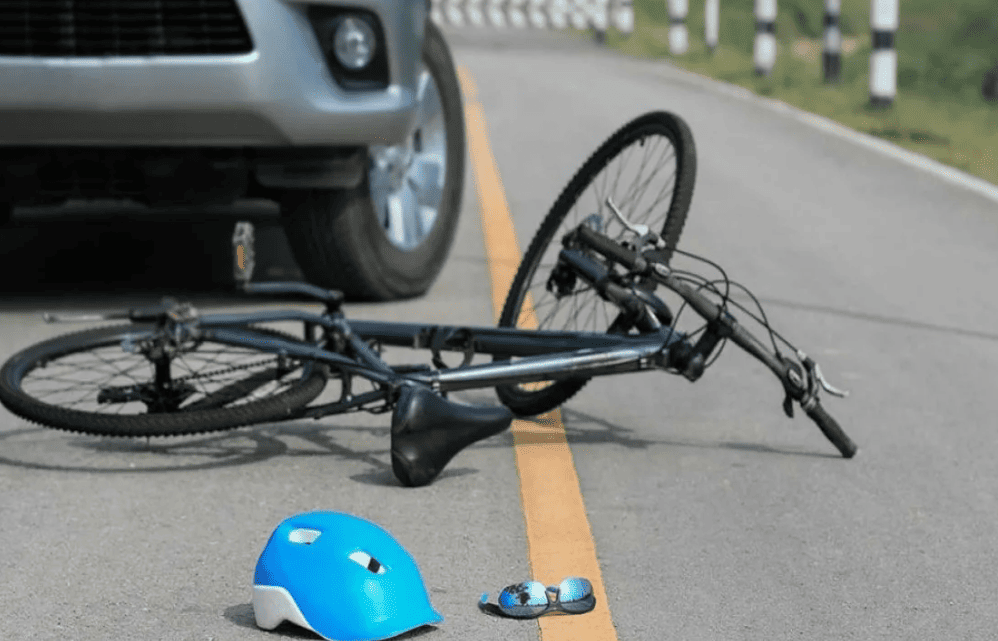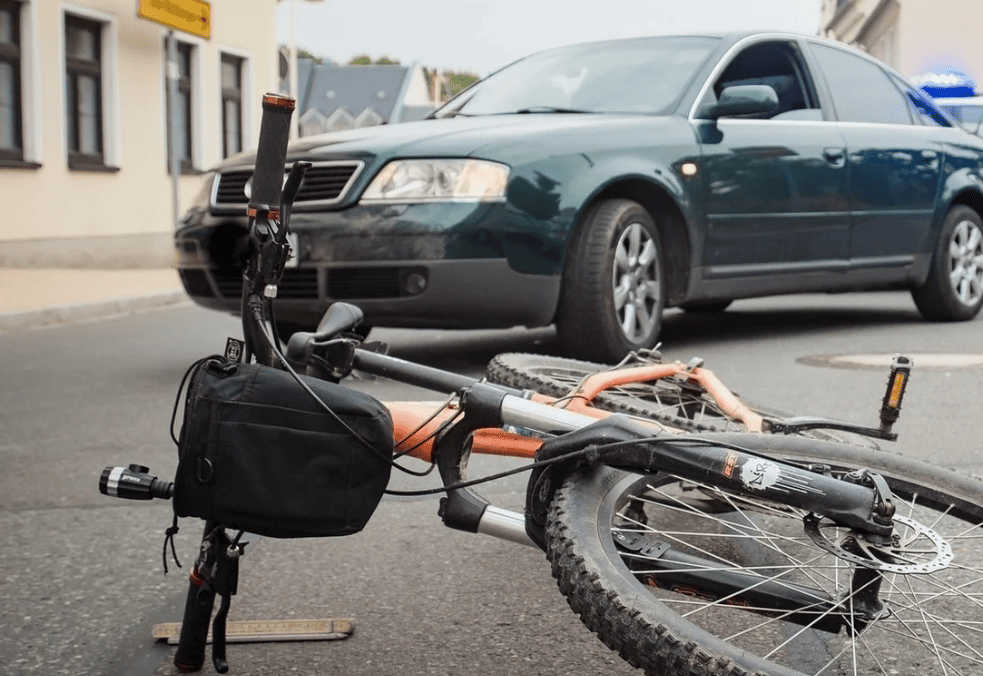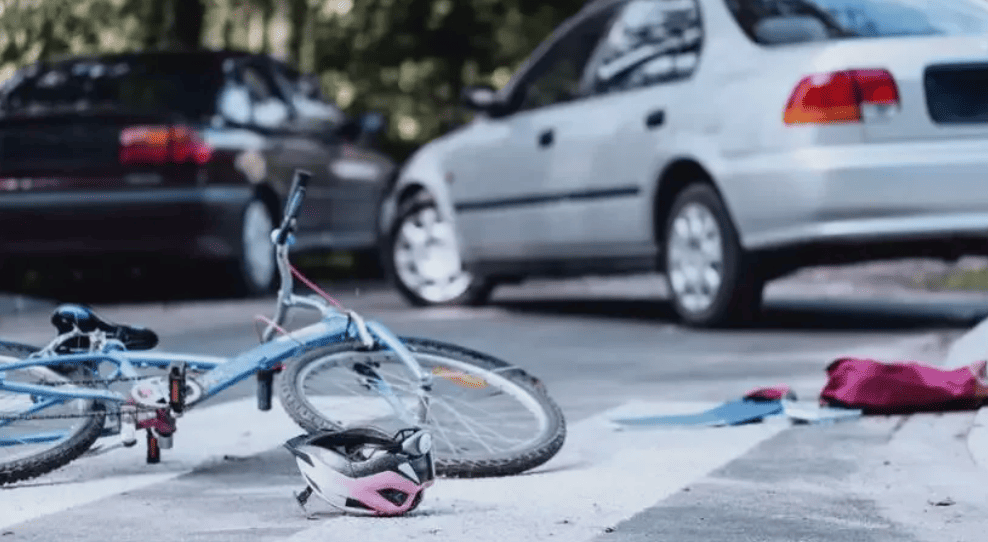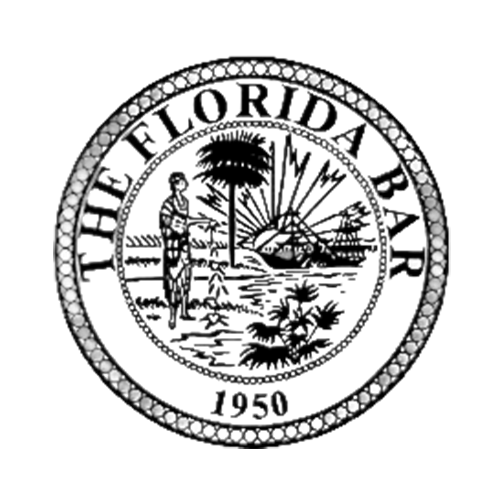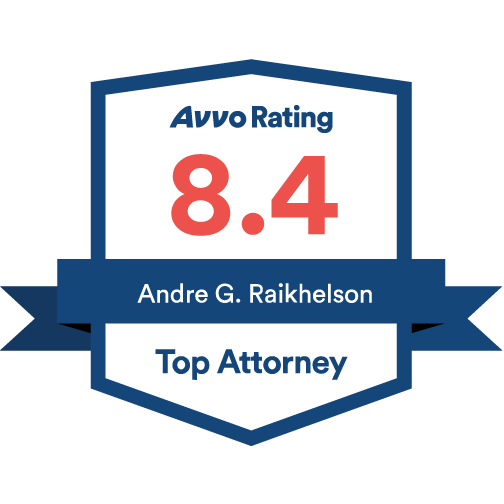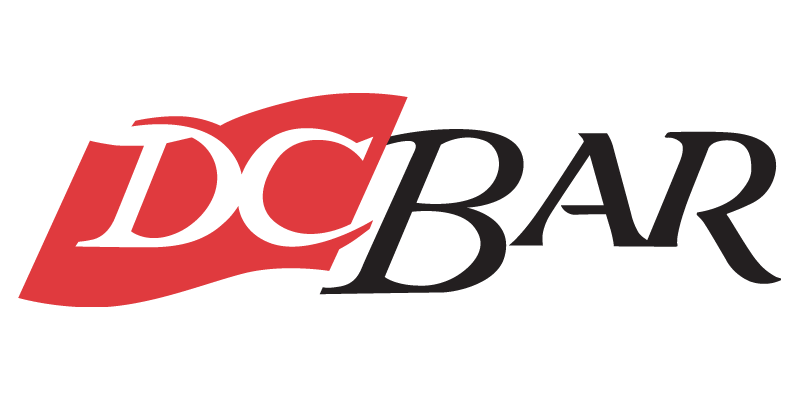Details of determining liability in car collisions in the U.S.
Determining liability in car accidents in the United States often raises many questions. Complexity stems from different states’ legislation nuances and unique features of court practice. We asked American lawyers to share secrets of establishing true culprits and clarify peculiarities of the blame-attribution process.
Establishing fault: general principles
Identifying the guilty party in car crashes within the U.S. usually relies on civil law norms. The procedure includes several key components:
- Situation assessment at the scene: trajectory of vehicle movements, regulatory signs and signals, traffic regulations.
- Analysis of eyewitness accounts, police investigation protocols, and vehicle technical examinations.
- Taking into account specific laws of the state where the accident occurred, as regulations governing fault determination vary across regions.
Methods of assigning blame
Here are the principal techniques used to identify those liable for an accident:
1. Violation of traffic regulations
The most widespread method bases blame assignment on breaches of established traffic rules. Examples include running red lights, exceeding speed limits, crossing lanes illegally, etc.
2. Forensic analyses and technical diagnoses
Technical specialists inspect collision traces, bodywork damage, brake marks, and other characteristics. This enables them to uncover accident circumstances and identify perpetrators.
3. Data from dashcams and surveillance cameras
Nowadays, many cars are equipped with surveillance cameras or dashboard recorders. This technology frequently serves as a primary source of credible information about accident causes.
4. Self-admission of guilt
Sometimes drivers themselves confess their error or accept responsibility voluntarily. However, this approach carries risk, as changing one’s stance later proves nearly impossible.
Problematic cases: shared responsibility
Frequently, situations arise where both drivers partially contribute to causing the accident. Then the principle of shared liability applies, dividing blame proportionately according to each party’s actions. Laws stipulate splitting percentages based on individual contributions in line with local standards.
For instance, one driver exceeded the speed limit, while another failed to yield way. Both would assume proportional shares of fault corresponding to their respective wrongdoings.
Guidelines for handling collisions
Appropriate reaction to a car accident facilitates subsequent dispute resolution. Below are some useful suggestions:
- Stay calm and assess the situation clearly.
- Notify the police promptly.
- Record damages, obtain witness contacts, and exchange information with the other driver.
- Consult a professional attorney who can guide you toward constructing a sound defense strategy.
Controversial scenarios and judicial practice
Certain cases require exceptional approaches because determining liability definitively proves challenging. Some examples include:
- Vehicles simultaneously moving through intersections.
- Intoxicated drivers fleeing the scene.
- Injured drivers disputing personal responsibility.
Such cases undergo individual review, with decisions rendered upon thorough analysis of all available data.
Conclusion
Establishing culpability in automobile collisions in America is a complicated process influenced by diverse factors. Understanding basic legislative principles and consulting skilled professionals enhances protection against unfair accusations and improves chances of achieving desired results in court.

